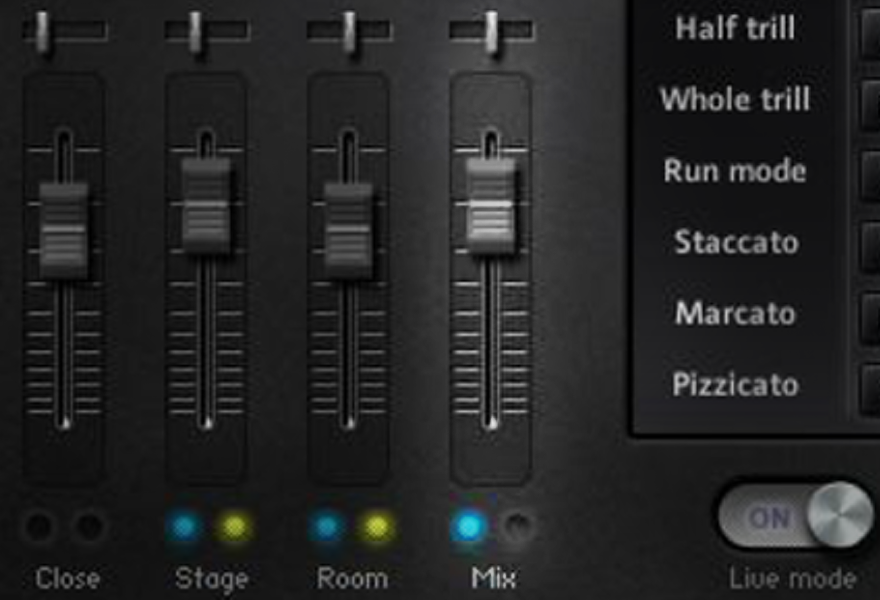

- Cinematic studio strings vs cinematic strings 2 Patch#
- Cinematic studio strings vs cinematic strings 2 series#
So the sections are all a little larger than 8Dio’s Adagio series – except for the violas (which has one player less) and it features a distinct second violin section.

So what are the sizes? 12 first violins, 8 second violins, 7 violas, 7 cellos and 6 basses. Its first violins are closest in size to 8Dio’s Adagio large ensemble (11 violins), larger than the sections in Berlin Strings and much larger than chamber or divisi libraries. The ensemble size in Cinematic Strings 2.1 is noticeably smaller than Mural, LASS and Hollywood Strings (all of which feature 16 first violins), a little smaller than Miroslav String Ensembles 2.01 and VSL Orchestral Strings (which both feature 14 first violins) let alone the 18 violins in Quantum Leap Symphonic orchestra’s first section or the 20 in VSL’s Apassionata Strings.
Cinematic studio strings vs cinematic strings 2 Patch#
There’s something really nice about loading just one patch and never having to worry that you’re missing anything – and the fact that each section has the same articulations and key switches makes it so very easy to learn. The system requirements are 22GB hard drive space once installed (45GB during installation) and 4GB of RAM but I think you’d be happier with a minimum of 6GB, but anyone with 8GB or more will not have to think about it.ĬS 2.1 isn’t the only library that’s quick to use (CineStrings CORE being one that seems to be aiming towards similar ease of use) but it’s nonetheless still both the simplest and fastest to learn – and the only ensemble library I’ve encountered that mixes complete consistency in articulation and key switches from section to section with a single patch design. You can load five tracks (one for each string section) and be ready to start composing immediately, with every sound the library offers at your fingertips. You just load one patch for each of the strings and the pre-mixed mic blend has everything panned and enough tail from the hall (found in Sydney Conservatorium of Music) that you can just start playing immediately.

So why did I just mention that? Because Cinematic Strings 2.1 (CS 2.1 from here on out) is as far away from that process as you can get. It sounded (and sounds) great but it takes a lot of resources and a lot of time to make it work well. The library was pretty dry so I usually added convolution reverb to get smoother note releases at the very least. I’d spent a great deal of time setting up large templates to have the widest range of articulations I might use at my fingertips and the template itself took a long time to load. Before I started reviewing string libraries for this issue, I had gotten to the point where I used Hollywood Strings for almost all of my ensemble string needs. If you like your strings big and round, recorded in-place, in a concert hall and prefer working quickly to a wider range of articulations, then this is definitely a library you should read about.įirst, a little background. If you like strings that are big and round, recorded in-place in a concert hall and prefer working quickly to a wide range of articulations, then this might be the string library for you.Ĭinematic Strings 2.1 ($399 USD from is a Kontakt Player library with one heck of selling point going for it: it has the shortest learning curve of any major string library I’ve ever run on computer in the last fifteen years and can be used without any additional FX (though it benefits from them, of course).


 0 kommentar(er)
0 kommentar(er)
